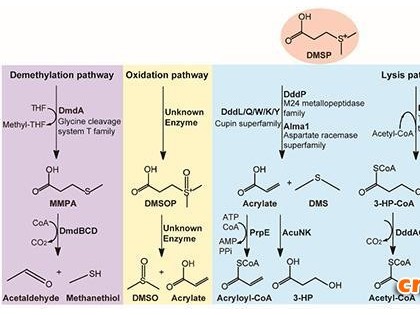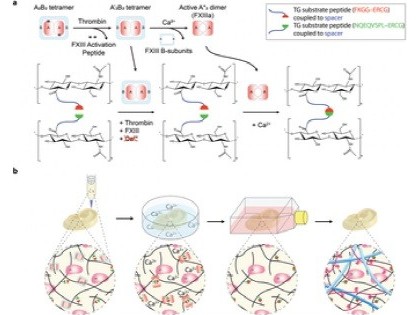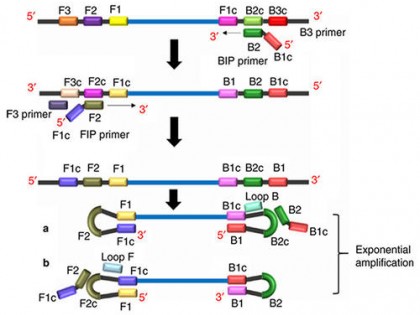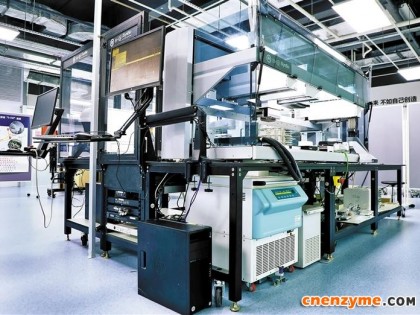目前,一个由捷克斯洛伐克共和国,德国和日本的科学家组成的科研小组开发了一种提高酶性能新方法。该方法或能用于化学,医学和食品工业。
这项研究结果发布在Nature Chemical Biology上。
一些由于人类活动而进入环境中的化学物质,对人类和动物健康会产生严重的消极影响,往往很多是大自然不能自行降解的。这种改进的酶能够用于有害化学物质的清除,可以更加高效地移除环境中的有害化学物质。
这项发现是基于酶的基因操作,经处理的酶能够高效地促进化学反应。研究人员介绍说,现在他们能够使用基因修饰改变酶的性能,使得酶更快地分解环境中的有害物质。
科学家一直关注于酶活性位点的修饰。这种新的方法,能够通过一种叫进口通道(access tunnels)的修饰连接酶表面的活性位点。
科研人员用这种方法修饰一种能降解剧毒物质三氯丙烷(TCP)的酶,TCP是化学生产的次级产物,能够在土壤和地下水中存在100多年,会污染饮用水也是一种致癌源。蛋白质工程人员使用该新方法修饰的酶,其降解TCP的速度比原来的酶快了32倍。
此外,不仅仅是用于降解有害物质和环境保护,这种方法还可用于更广泛的领域,包括生物医学,化学和食品工业。(生物谷Bioon.com)
Nature Chemical Biology 5, 727 - 733 (2009)23 August 2009 | doi:10.1038/nchembio.205
Redesigning dehalogenase access tunnels as a strategy for degrading an anthropogenic substrate
Martina Pavlova1,5, Martin Klvana1,5, Zbynek Prokop1, Radka Chaloupkova1, Pavel Banas2, Michal Otyepka2, Rebecca C Wade3, Masataka Tsuda4, Yuji Nagata4 & Jiri Damborsky1
Abstract
Engineering enzymes to degrade anthropogenic compounds efficiently is challenging. We obtained Rhodococcus rhodochrous haloalkane dehalogenase mutants with up to 32-fold higher activity than wild type toward the toxic, recalcitrant anthropogenic compound 1,2,3-trichloropropane (TCP) using a new strategy. We identified key residues in access tunnels connecting the buried active site with bulk solvent by rational design and randomized them by directed evolution. The most active mutant has large aromatic residues at two out of three randomized positions and two positions modified by site-directed mutagenesis. These changes apparently enhance activity with TCP by decreasing accessibility of the active site for water molecules, thereby promoting activated complex formation. Kinetic analyses confirmed that the mutations improved carbon-halogen bond cleavage and shifted the rate-limiting step to the release of products. Engineering access tunnels by combining computer-assisted protein design with directed evolution may be a valuable strategy for refining catalytic properties of enzymes with buried active sites.
1 Loschmidt Laboratories, Institute of Experimental Biology and National Centre for Biomolecular Research, Faculty of Science, Masaryk University, Brno, Czech Republic.
2 Department of Physical Chemistry and Center for Biomolecules and Complex Molecular Systems, Palacky University, Olomouc, Czech Republic.
3 Molecular and Cellular Modeling Group, EML Research gGmbH, Heidelberg, Germany.
4 Department of Environmental Life Sciences, Graduate School of Life Sciences, Tohoku University, Sendai, Japan.
5 These authors contributed equally to this work.





